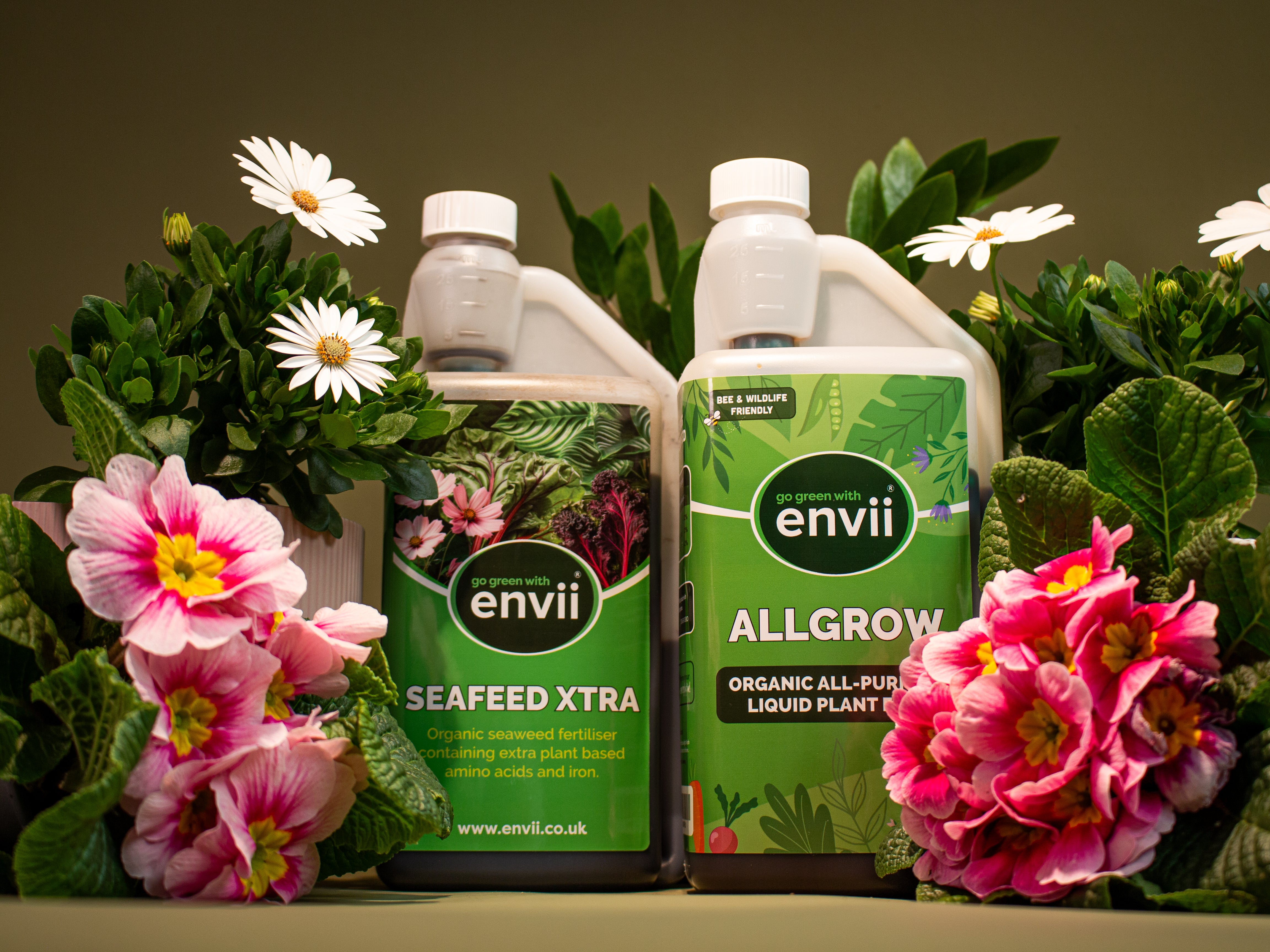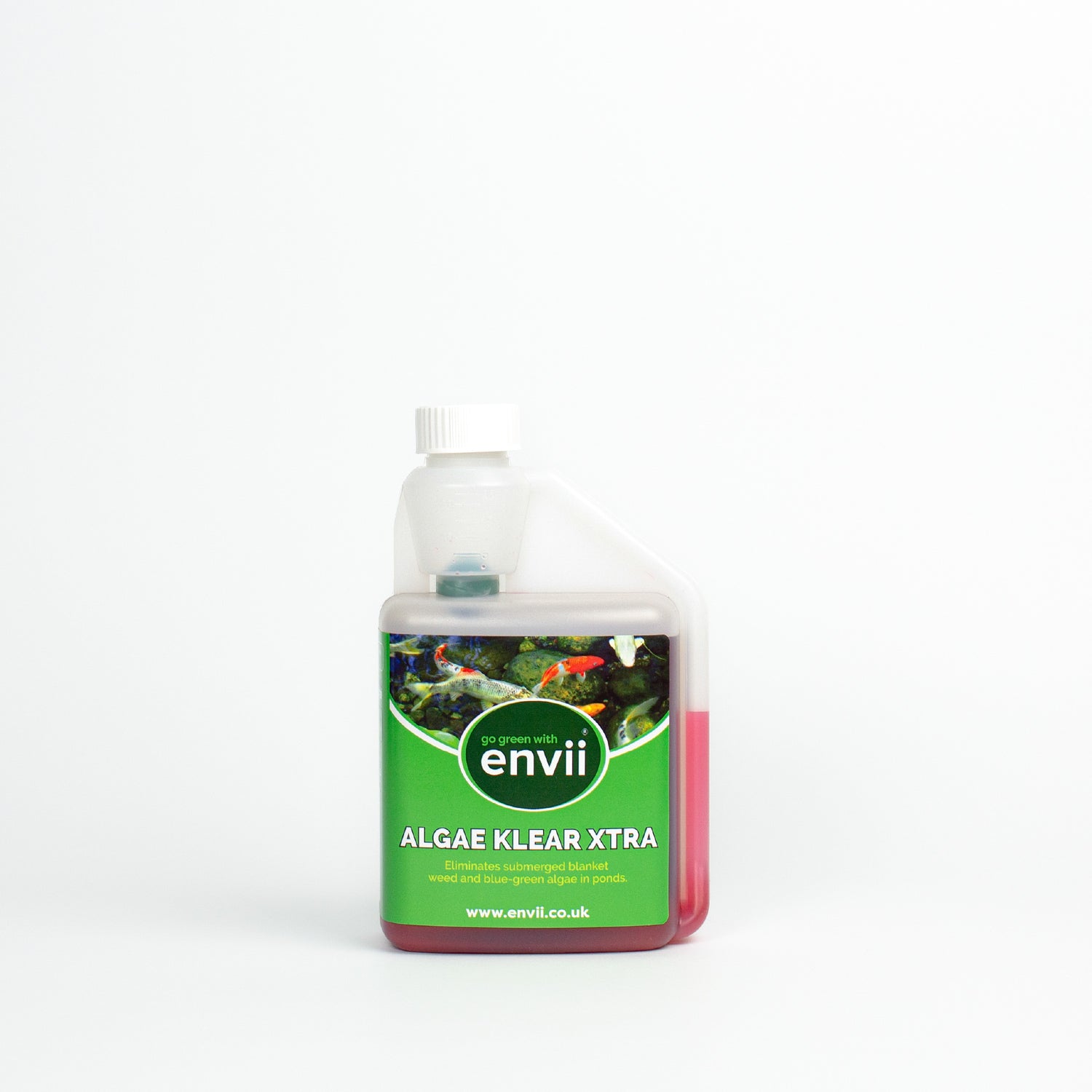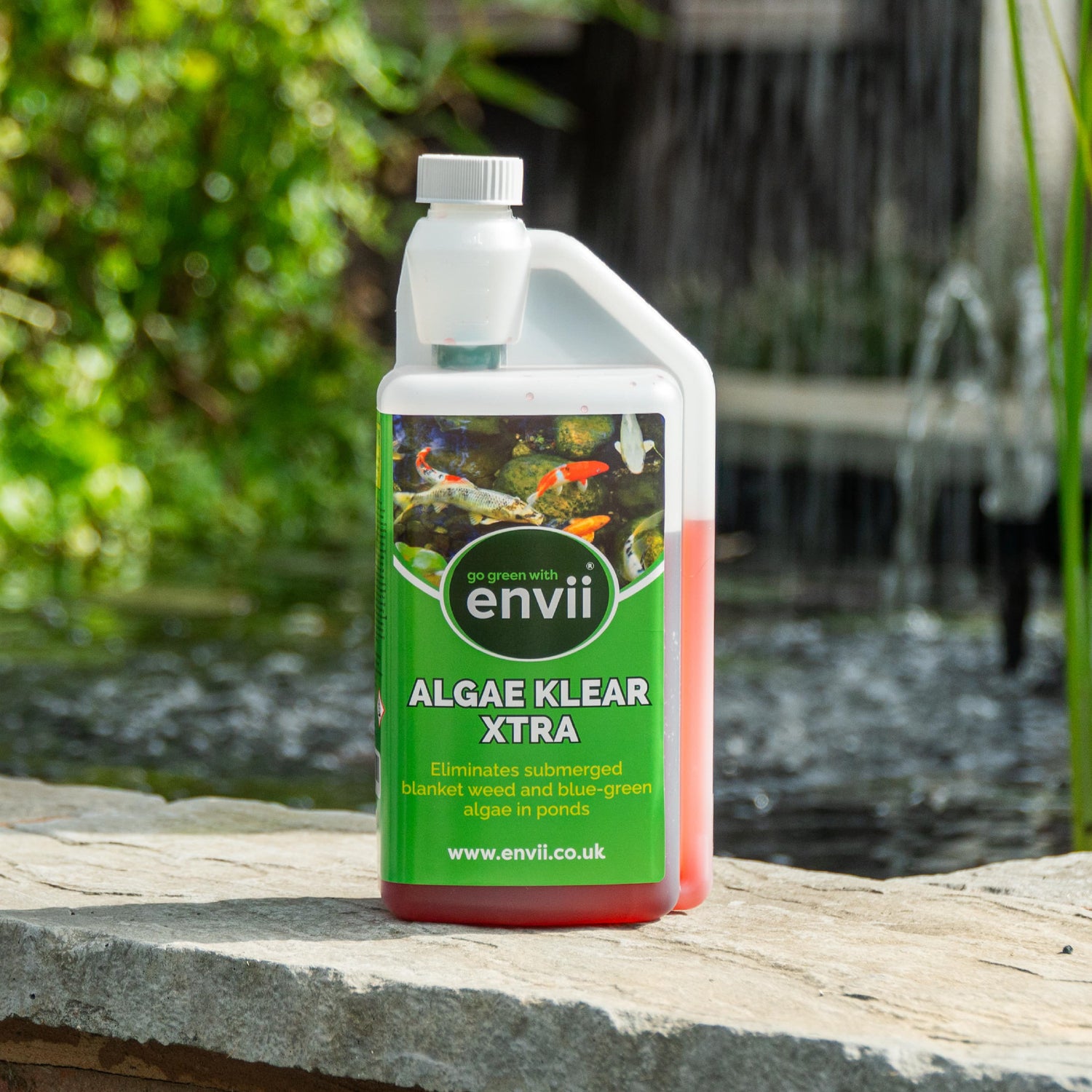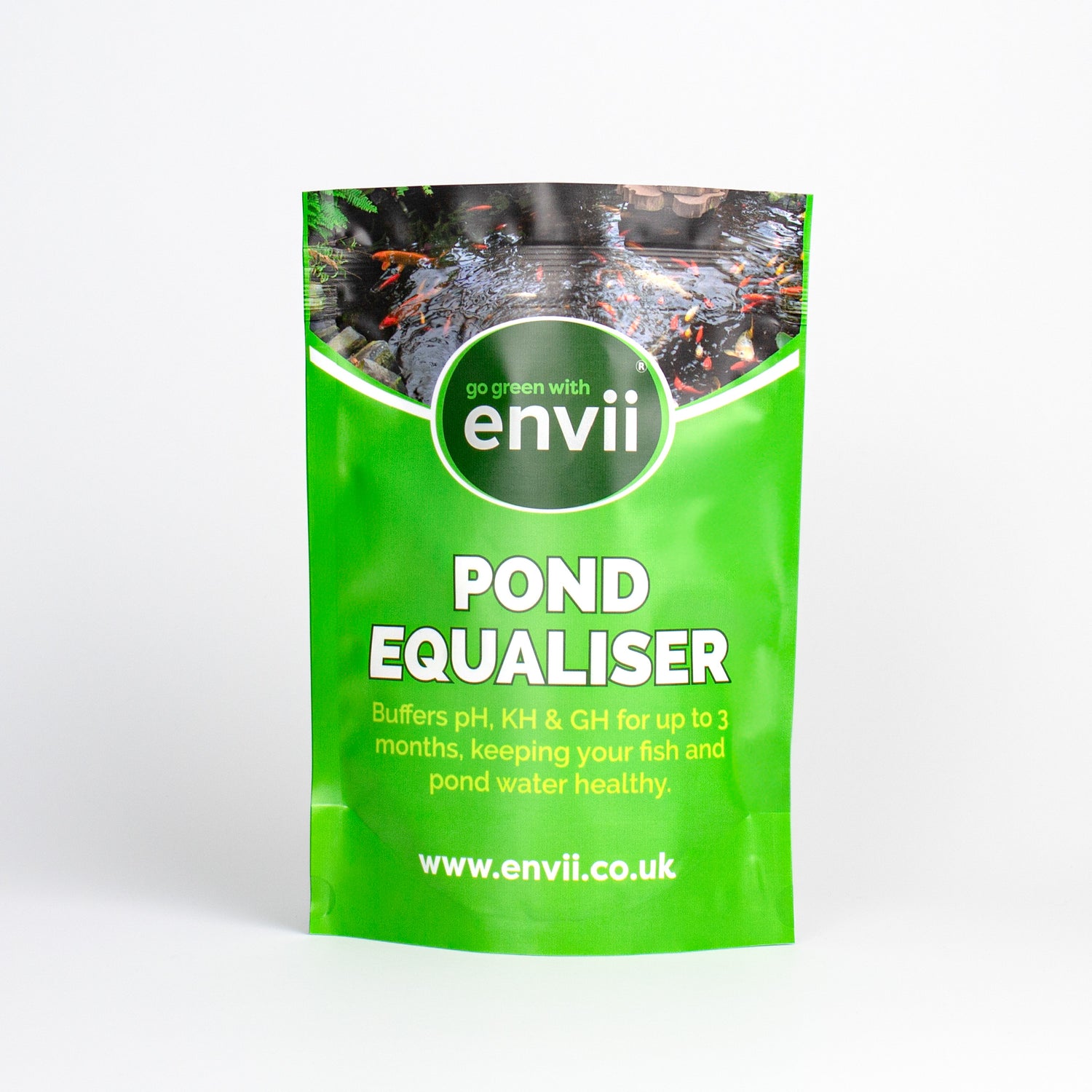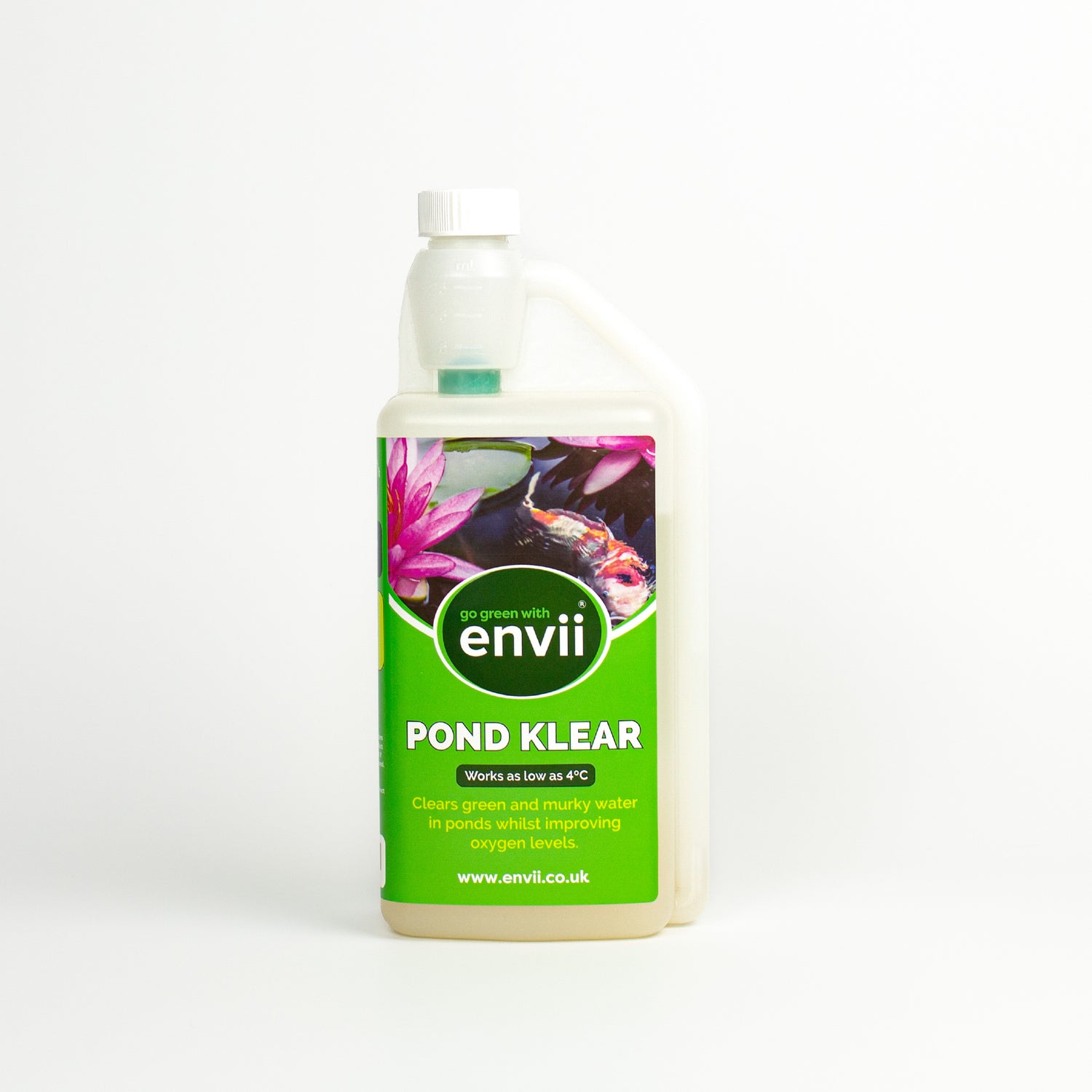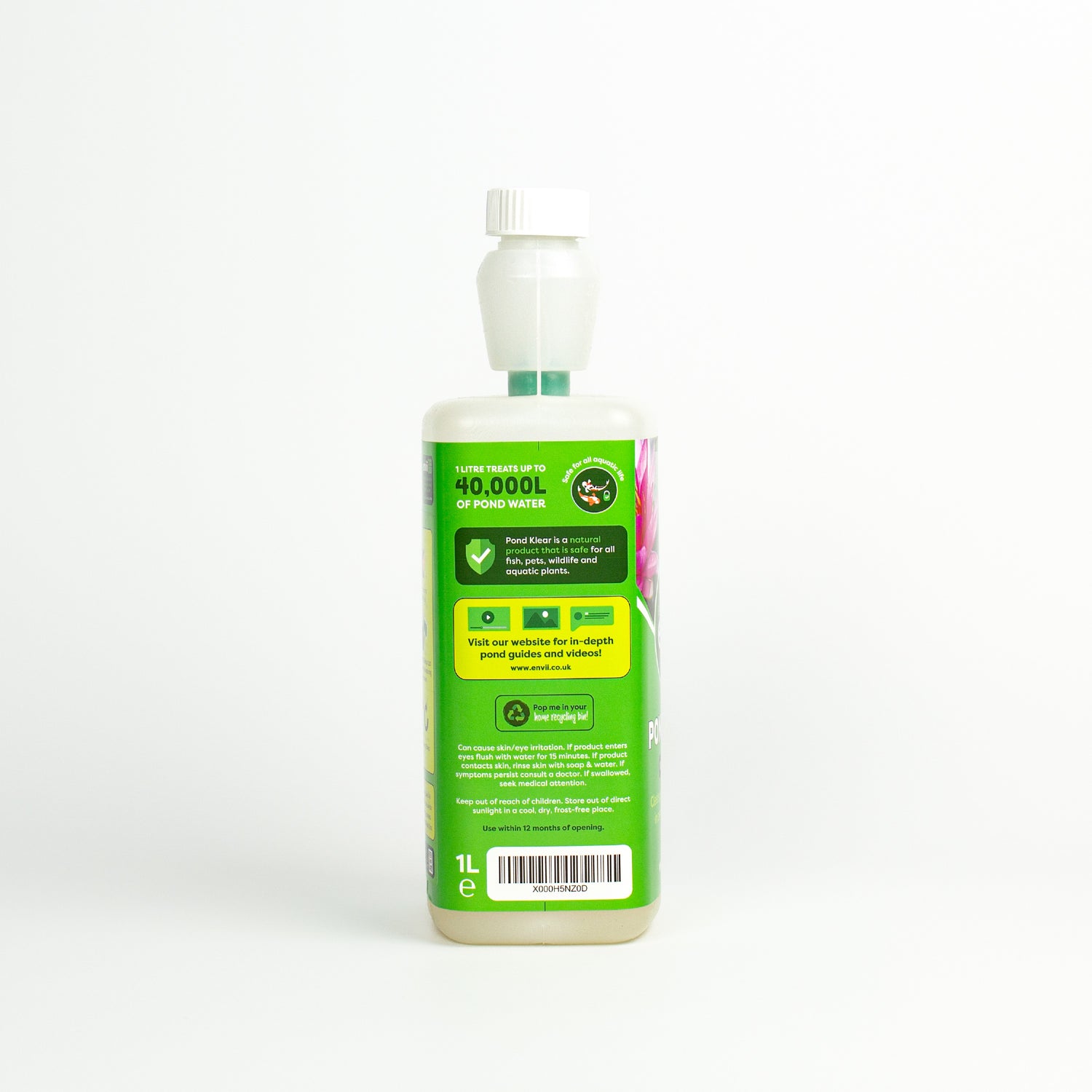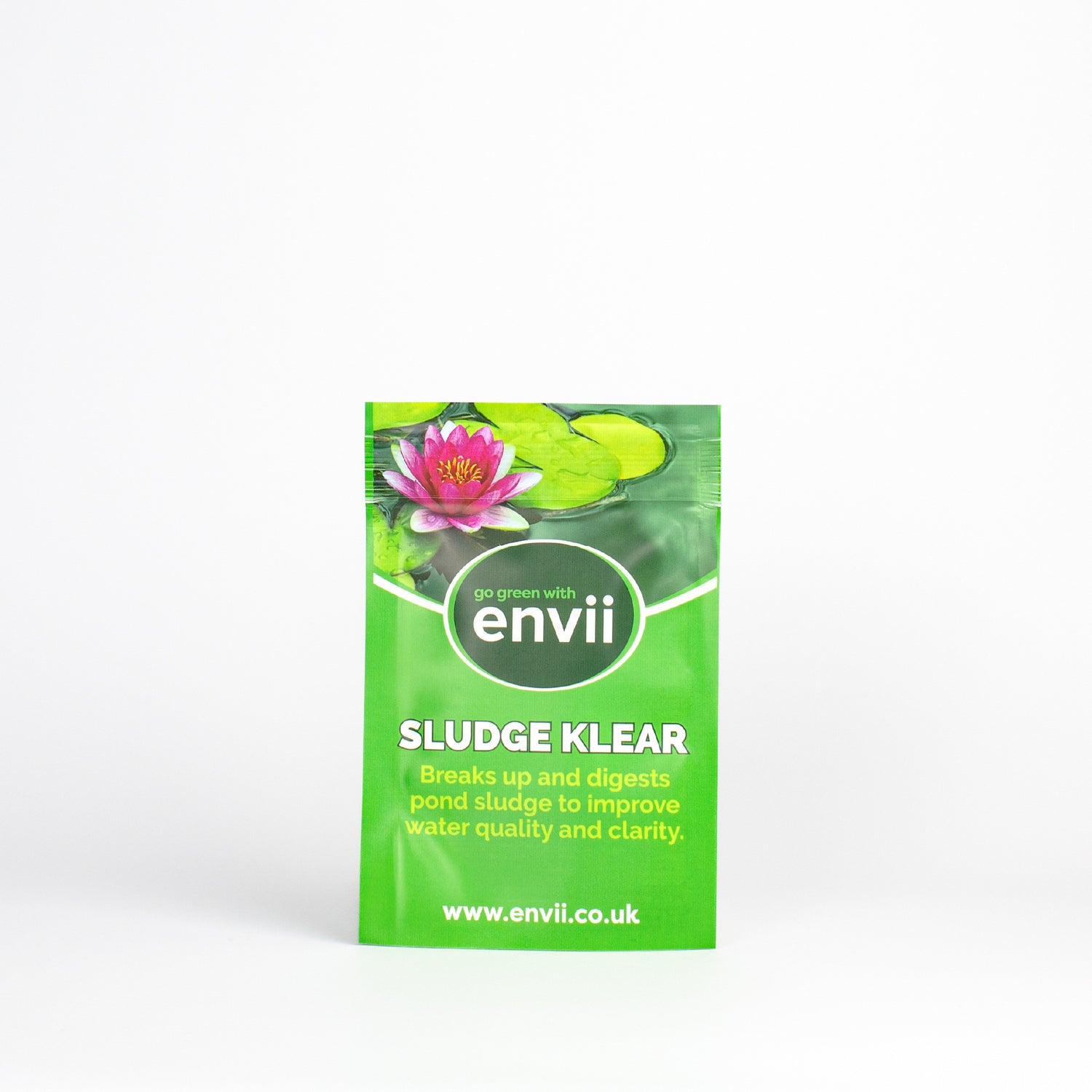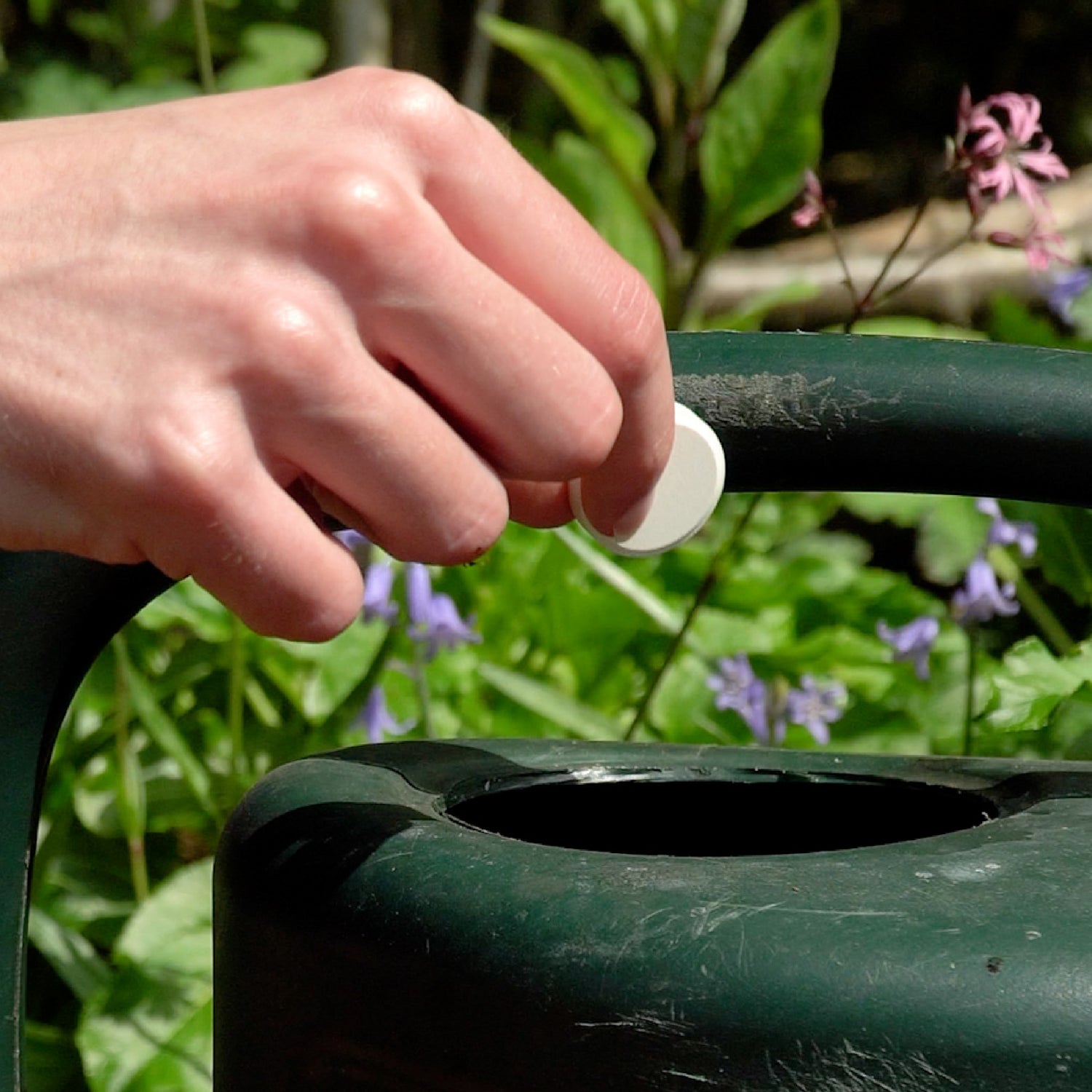Are Pond Plants Necessary?
Pond plants come in varying forms. Some are submerged deep within the layers of water, while others float steadily on the surface. Others even have foliage that emerges out of the water and creates an aesthetic soft border to what would otherwise be a harsh pond edge. Plants like lilies truly make a water garden look great.
However, the real question is, when it comes to water maintenance, are aquatic plants necessary?
The Importance of Pond Plants
Aside from being a stunning feature, pond plants also work to prevent the build-up of green algae in pond water. They are crucial for consuming nutrients and providing shade in pond water.
Thus, limiting the sunlight available for photosynthesis and other nutrients required for algae blooms to grow. Meanwhile, pond plants use up all the sunlight for their own photosynthesis process and release oxygen back into the pond. Improving the overall pond water quality.
There are various types of pond plants that provide unique benefits. All of which fall under one of five zone categories.

Zone 1: Bog Plants (Planting Depth: 0-15cm)
Typically used to add an interesting border to ponds, bog plants are technically not aquatic plants. However, they are moisture-loving and so are perfectly located on land at the edge of a pond. Also known as zone 1. Bog plants are also great for encouraging wildlife by creating an attractive environment close to water.
Zone 2: Marginal Plants (Planting Depth: 0-15cm)
Marginal plants add depth to the border and shape of a pond initially created by bog plants, or equally by themselves. Thriving in shallow waters, marginals should be planted in zone 2 of a pond. These plants are also commonly referred to as emergent because the flowering part of the plants emerge out of and above the water.
Zone 3: Deep Marginal Plants (Planting Depth: 15-40cm)
Marginal plants can be suited to varying depths of pond water. Deep marginal plants can tolerate a greater depth of shallow pond water. Because of this, these plants cross over into zone 3, a slightly deeper area. Like zone 2 marginal plants, these also emerge and flower above the water.
Zone 4: Deep Water + Oxygenating Plants (Planting Depth: Over 40cm)
Deepwater and oxygenating plants vary from floating, emerging and being submerged within pond water and are best suited to the deepest area of a pond. They’re the most valuable plants in a pond for healthy pond water because they do the most work when it comes to removes excess nutrients and replenishing it with oxygen. Examples of are Water Violets, Water Hawthorns and Water Lilies. Consider adding oxygenating plants to your pond in summer when dissolved oxygen levels are naturally lower.
Zone 5: Floating Plants (Planting Depth: N/A)
As their name suggests, floating plants can be found on the surface of pond water. With no underwater stem system leading to a plant basket. These are low maintenance options to make a pond more attractive. Floaters are also perfect for providing wildlife such as frogs or newts a place to rest outside of pond water and to give fish shade with the water.
Pond Planting Tips
Choosing Plants
Whether you’re looking to decorate your pond or you’re hoping they will improve the pond’s natural balance. Always research which plants will be most suitable for the size and location.
If your pond is located under a tree, for example, you probably won’t need many floating plants to provide shade. Similarly, limited deep water and submerged plant types if you have a wildlife pond. This prevents wildlife from getting tangled because of excess foliage.
Research, plan, then plant!
When to Plant
Like most other plants, aquatic plants develop and establish the most throughout spring and early summer. They benefit from warmer temperatures and increased sunlight exposure.
Although it’s possible to plant ponds during autumn or winter, you should expect them to remain dormant until spring when the weather is more encouraging.
Keeping Things Tidy
When it comes to planting a pond, keeping things tidy is essential unless you want to give yourself excessive maintenance work.
Make sure you anchor deep plants with stones at the bottom of plant baskets. This will keep them in a stable location and resistant to damage from the movement of water.
Maintain your plants once they’re established by trimming excess foliage (and add it to a compost heap) to keep things looking tidy but also to prevent dead plant materials from adding to organic waste.
